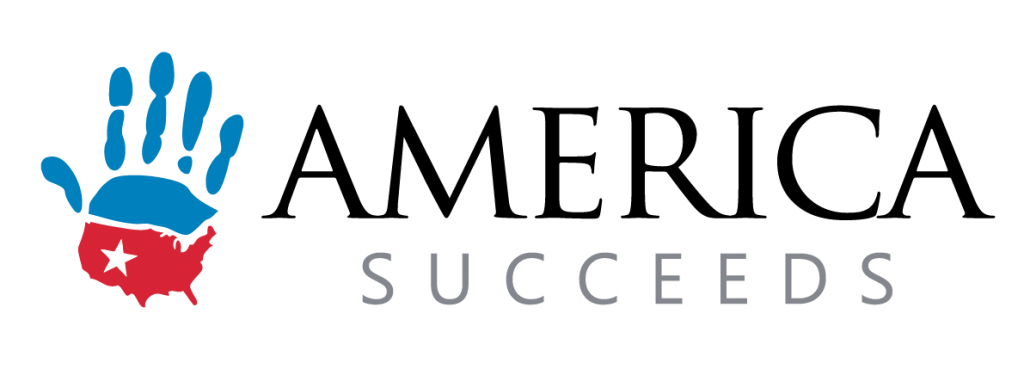This year, America Succeeds created a suite of model policies, targeting three state policy action areas which can be used to reshape K-12 environments to improve student outcomes. We are excited to launch a three-part blog series highlighting some of the state models that informed our model policy development. To kick off the series, we discuss how models in Colorado, Ohio, and Tennessee have used policy levers to improve the learning experience for their students.
The first of three focus areas, An Agile High School Model, includes a combination of policies that, when implemented, increase flexibility within secondary education systems and allow for innovative learning models to take hold. Additionally, these policies can improve the high school student experience by overhauling graduation requirements while recognizing the value of learning outside the classroom walls.
This policy target area includes three policies: modernizing graduation requirements, implementing credit flexibility and seat-time waivers, and investing in pilot programs and innovation zones. Explore a state model that informed the creation of each policy below.
Revitalize the high school experience by modernizing graduation requirements:
Colorado: Graduation Guidelines Menu of Options
Beginning with the 2021-2022 class, Colorado unveiled a menu of options for satisfying graduation requirements. This menu allows districts to choose which options they will provide to students and then allows students to choose from a multitude of methods of assessment and demonstration of knowledge. Among these graduation options are traditional measures like ACT, SAT, and Advanced Placement tests, as well as innovative approaches such as successful completion of concurrent enrollment courses, district capstones, industry certifications/credentials, and more.
Embrace learning beyond the classroom with seat-time waivers and credit flexibility:
Ohio: Credit Flexibility Policy Overview
During the 2018-2019 school year, Ohio school districts reviewed all policies they had adopted related to subject area competency. The aim was to integrate work-based learning, internships, and other out-of-classroom experiences into credit-earning opportunities for students in grades 7-12. This policy underscores the value of learning experiences beyond traditional classroom activities and offers benefits such as recognizing student engagement in their communities, accommodating diverse learning styles, fostering career-connected learning, and more.
Invest in Pilot Programs and Innovation Zones:
Tennessee: Exemplary Innovative School Models
In 2021, the Tennessee Department of Education awarded 21 school districts with Innovative High School Model grants that included an initial $30 million investment to build out local community partnerships. These partnerships have boosted student workforce and postsecondary readiness by providing them with increased opportunities to engage in work-based learning, career and technical education, internships, and other out-of-class learning experiences. Additionally, these grants have assisted schools in moving away from strict seat-time requirements to seamlessly integrate workforce-embedded learning into the high school experience.
The Transition to a Meaningful High School Experience
The activation of these policy levers at the state level represents a significant investment in reimagining the secondary education student experience. Successful implementation of these policies disrupts the traditional educational approach, allowing students to showcase their learning diversely, encouraging engagement with the local workforce, and offering opportunities to attend schools with innovative learning models tailored to their needs. This collectively contributes to a more meaningful educational experience for all students.
To explore the full suite of state models and policies, check out the Model Policy Framework.




